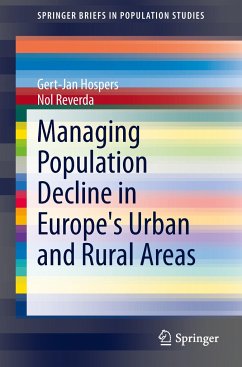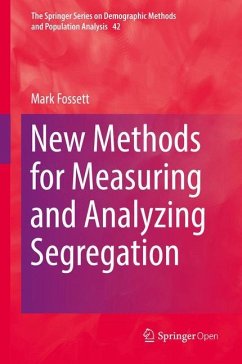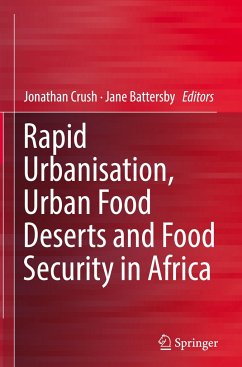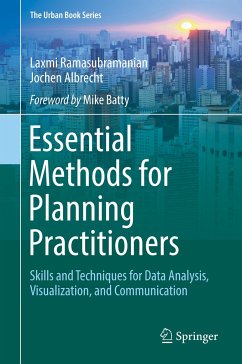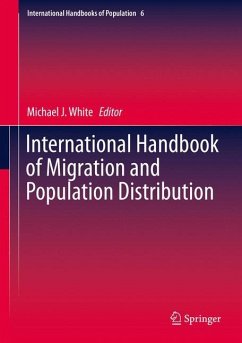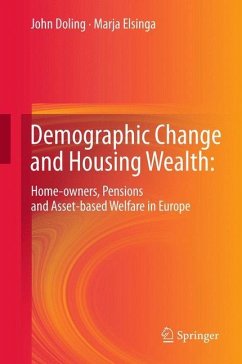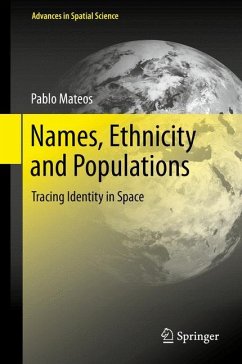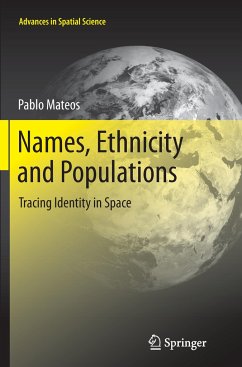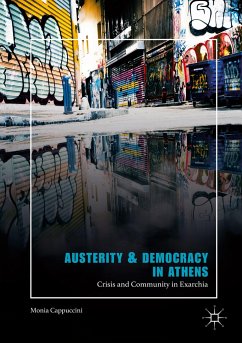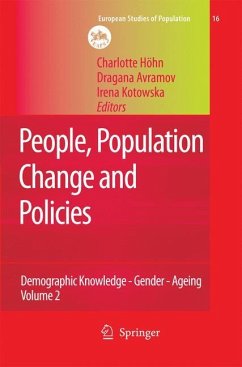
Recapturing Space: New Middle-Range Theory in Spatial Demography

PAYBACK Punkte
38 °P sammeln!
With a unique focus on middle-range theory, this book details the application of spatial analysis to demographic research as a way of integrating and better understanding the different transitional components of the overall demographic transition.This book first details key concepts and measures in modern spatial demography and shows how they can be applied to middle-range theory to better understand people, places, communities and relationships throughout the world. Next, it shows middle-range theory in practice, from using spatial data as a proxy for social science statistics to examining th...
With a unique focus on middle-range theory, this book details the application of spatial analysis to demographic research as a way of integrating and better understanding the different transitional components of the overall demographic transition.
This book first details key concepts and measures in modern spatial demography and shows how they can be applied to middle-range theory to better understand people, places, communities and relationships throughout the world. Next, it shows middle-range theory in practice, from using spatial data as a proxy for social science statistics to examining the effect of "fracking" in Pennsylvania on the formation of new coalitions among environmental advocacy organizations. The book also traces future developments and offers some potential solutions to promoting and facilitating instruction in spatial demography.
This volume is an ideal resource for advanced undergraduate and graduate students enrolled in courses involving spatial analyses in the social sciences, from sociology and political science to economics and educational research. In addition, scholars and others interested in the role that geographic context plays in relation to their research will find this book a helpful guide in further developing their work.
This book first details key concepts and measures in modern spatial demography and shows how they can be applied to middle-range theory to better understand people, places, communities and relationships throughout the world. Next, it shows middle-range theory in practice, from using spatial data as a proxy for social science statistics to examining the effect of "fracking" in Pennsylvania on the formation of new coalitions among environmental advocacy organizations. The book also traces future developments and offers some potential solutions to promoting and facilitating instruction in spatial demography.
This volume is an ideal resource for advanced undergraduate and graduate students enrolled in courses involving spatial analyses in the social sciences, from sociology and political science to economics and educational research. In addition, scholars and others interested in the role that geographic context plays in relation to their research will find this book a helpful guide in further developing their work.



